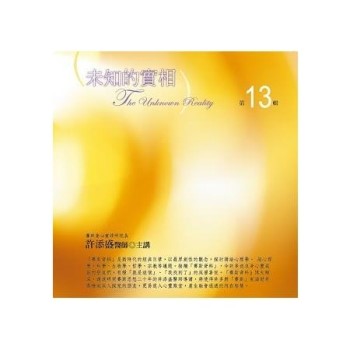The rapid growth of Complementary and Alternative Medicine (CAM) demands that the public, the medical world, social scientists, the media, and governments pay attention. People are questioning the limits of what modern medicine can accomplish and seeking additional ways to manage their health. While many are enthusiastically adopting complementary and alternative forms of medicine, others are more sceptical. Physicians’ attitudes are in transition, and governments are pondering where this increasingly important phenomenon fits into the health care system. The challenge is to keep pace with the changing ways that people view health and illness, take reposibility for themselves, and incorporate CAM into their health care.
This text brings together for the first time a wide range of leading North American and European social scientists to identify who uses CAM, why they use it, and how they find out about it. Presenting research from psychology, sociology, anthropology and public health, they alert us to the current context of CAM use and provide new models and techniques for understanding its future place in health care.| FindBook |
有 1 項符合
Complementary and Alternative Medicine: Challenge and Change的圖書 |
 |
Complementary and Alternative Medicine: Challenge and Change 作者:Kelner 出版社:Taylor and Francis 出版日期:2000-12-21 語言:英文 規格:平裝 / 284頁 / 22.9 x 15.2 x 1.5 cm / 普通級 |
| 圖書館借閱 |
| 國家圖書館 | 全國圖書書目資訊網 | 國立公共資訊圖書館 | 電子書服務平台 | MetaCat 跨館整合查詢 |
| 臺北市立圖書館 | 新北市立圖書館 | 基隆市公共圖書館 | 桃園市立圖書館 | 新竹縣公共圖書館 |
| 苗栗縣立圖書館 | 臺中市立圖書館 | 彰化縣公共圖書館 | 南投縣文化局 | 雲林縣公共圖書館 |
| 嘉義縣圖書館 | 臺南市立圖書館 | 高雄市立圖書館 | 屏東縣公共圖書館 | 宜蘭縣公共圖書館 |
| 花蓮縣文化局 | 臺東縣文化處 |
|
|
圖書介紹 - 資料來源:博客來 評分:
圖書名稱:Complementary and Alternative Medicine: Challenge and Change
|











